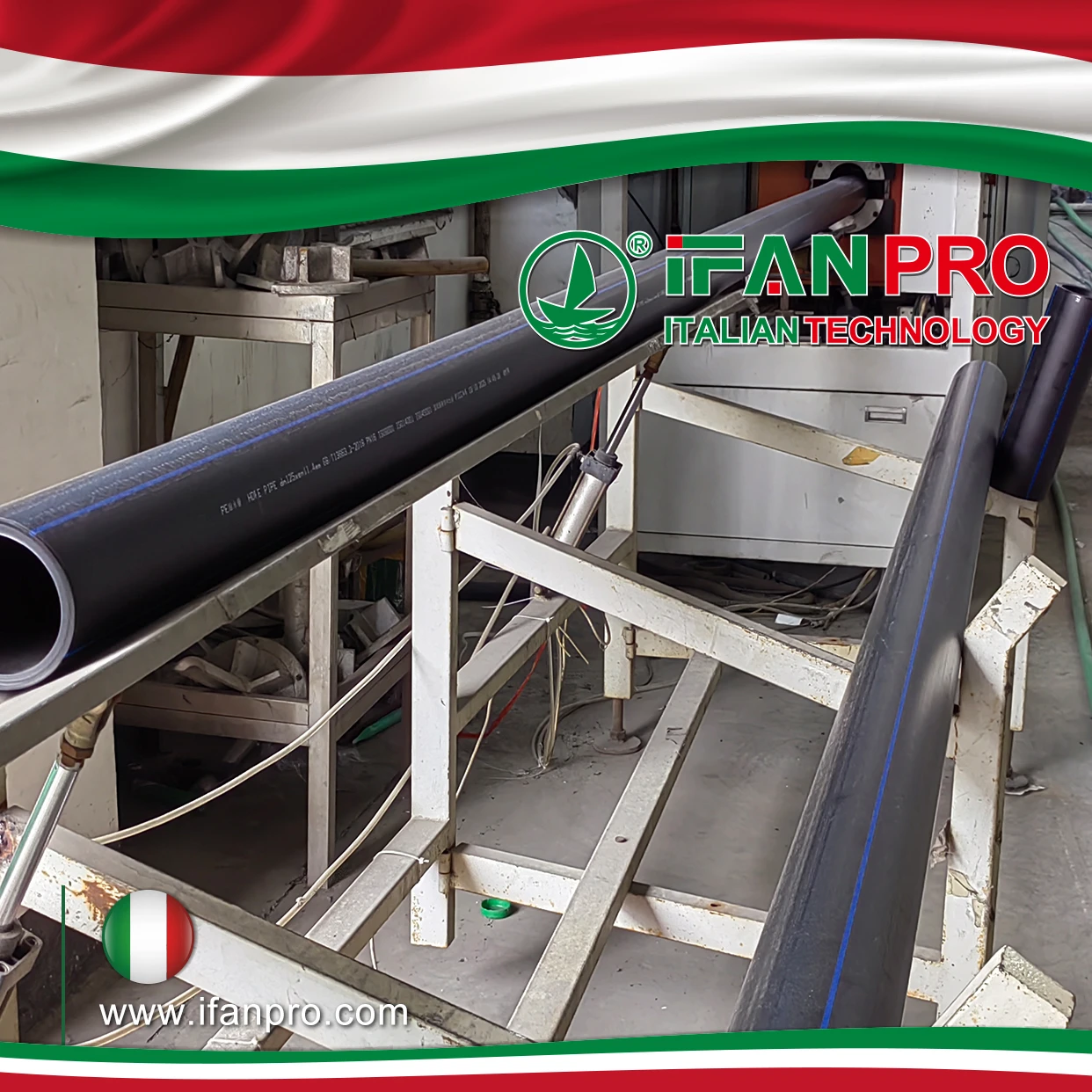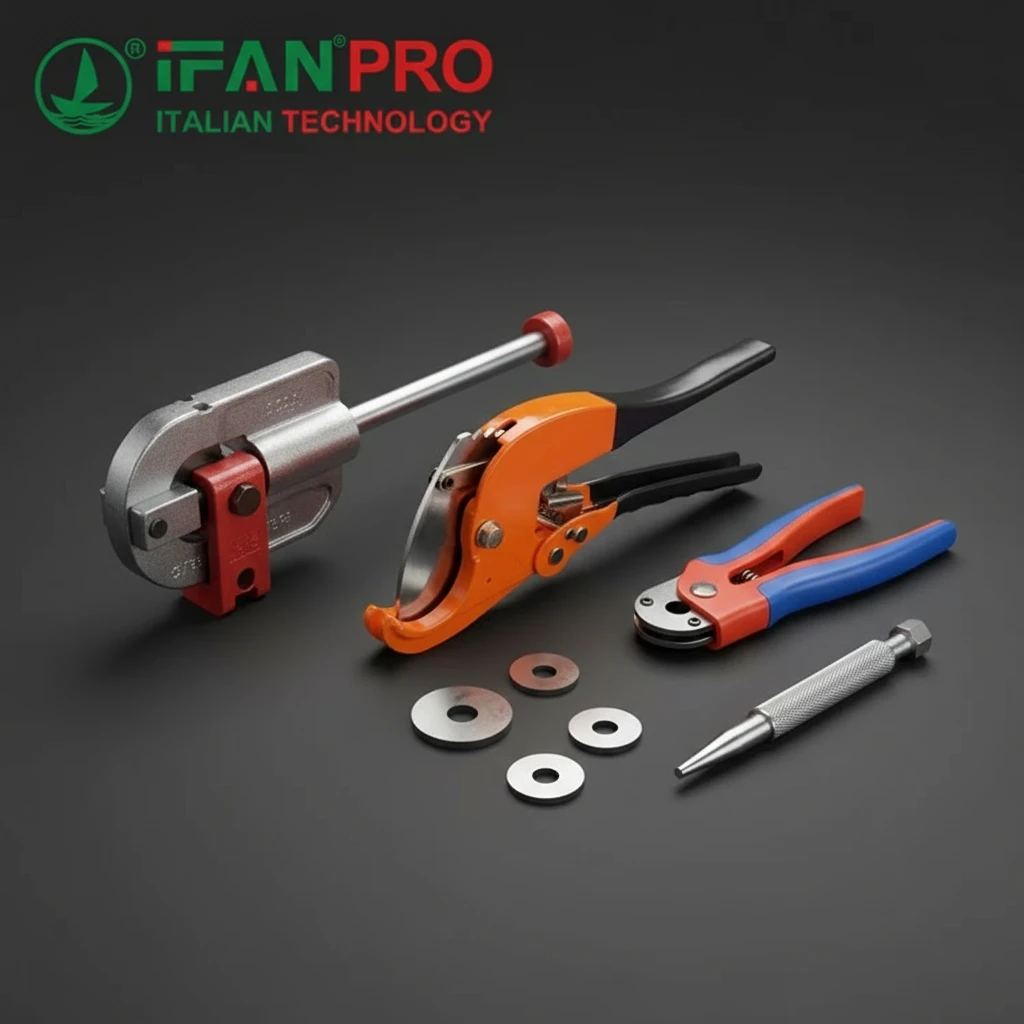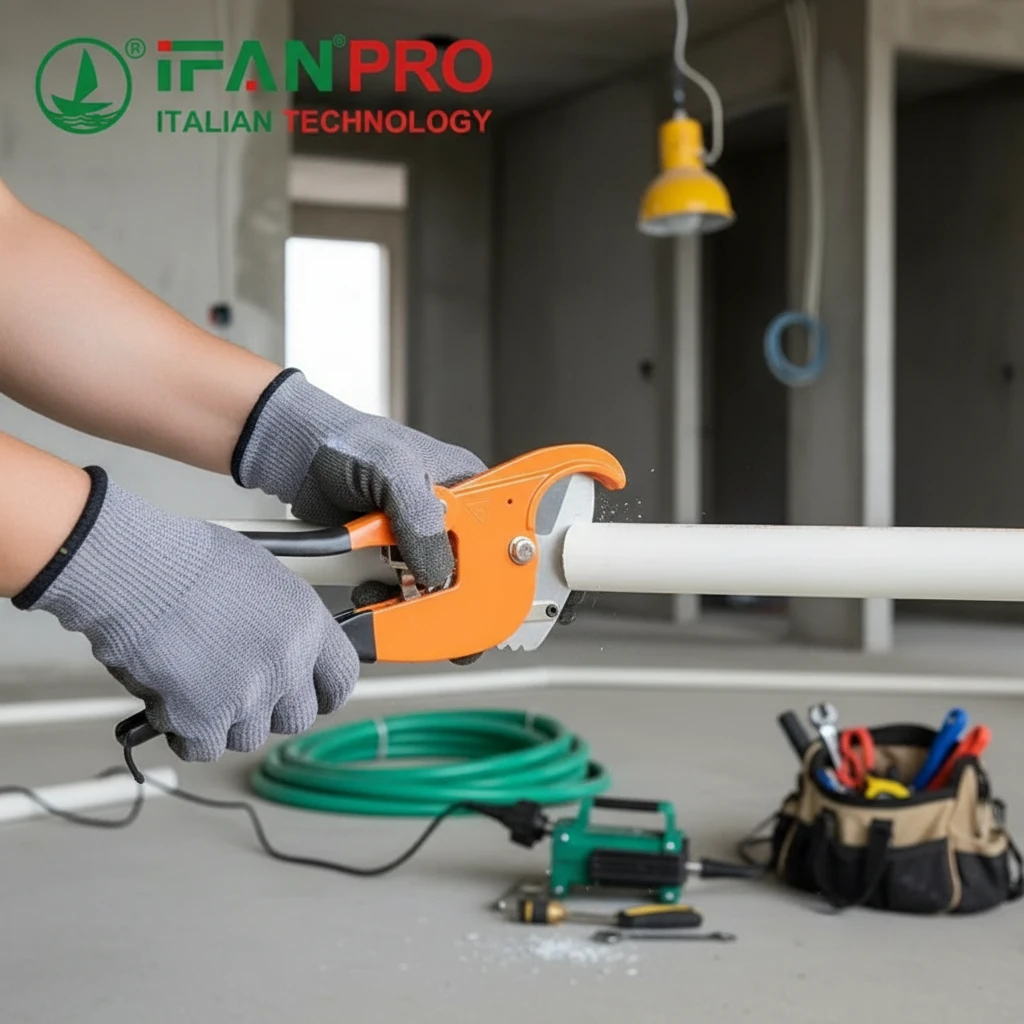I’ve witnessed pipeline failures that cost clients thousands, but HDPE fusion joints consistently prove their worth. This experience convinced me of their exceptional reliability.
HDPE butt fusion joints are highly reliable because the process creates a permanent, monolithic connection that’s as strong as the pipe itself. When performed correctly, these joints eliminate leak points, resist chemical and environmental damage, and maintain integrity for over 50 years, making them ideal for demanding applications.
Let’s examine what makes this joining method so dependable across various installation conditions.
What Makes HDPE Butt Fusion Create Permanent Pipeline Connections?
Many clients worry about joint failures. I’ve seen how improper joining techniques cause leaks, but HDPE fusion offers a different approach.
HDPE butt fusion creates permanent connections by heating pipe ends to exact temperatures, then fusing them under controlled pressure. This molecularly bonds the materials, forming a continuous pipeline without weak points like gaskets or mechanical fittings that can fail over time.

The Science Behind Molecular Bonding
The permanence of HDPE butt fusion comes from fundamental material science. When done correctly, the process creates a homogeneous connection that’s virtually indistinguishable from the original pipe material.
The fusion process involves four critical phases that ensure permanent bonding:
- Heating Phase: Pipe ends are heated against a precisely controlled heating plate
- Soaking Phase: Heat penetrates fully through the pipe wall thickness
- Transition Phase: Heating plate removes quickly without disturbing melted surfaces
- Fusion Phase: Molten ends join under predetermined pressure as molecules intertwine
Equipment and Temperature Control
Proper equipment maintenance is crucial for permanent joints. The fusion machine must maintain accurate temperature control between 400°F and 500°F (204°C-260°C), depending on the specific HDPE material. The heating plate surface should have a consistent non-stick coating to prevent material transfer during separation.
Critical Fusion Parameters for Permanent Joints:
| Pipe Size (inches) | Heating Temperature (°F) | Heating Time (seconds) | Fusion Pressure (PSI) |
|---|---|---|---|
| 2″ | 425°F | 45 seconds | 75-85 PSI |
| 4″ | 435°F | 60 seconds | 65-75 PSI |
| 8″ | 445°F | 120 seconds | 45-55 PSI |
| 12″ | 450°F | 180 seconds | 35-45 PSI |
Material Compatibility Considerations
For truly permanent connections, the pipes being joined must have matching material specifications. The melt flow index, density rating, and resin type should be identical. IFAN always verifies material compatibility before beginning fusion operations, as mixing different HDPE materials can create weak joints despite proper procedure.
How Does Proper HDPE Fusion Prevent Leaks in Piping Systems?
Leak prevention is the primary concern for most pipeline operators. Traditional joints often fail at connection points, but fused HDPE systems address this fundamental weakness.
Proper HDPE fusion prevents leaks by creating seamless, monolithic joints without openings, threads, or seals that can degrade. The molecular bond forms a continuous material barrier that maintains integrity even under ground movement, pressure surges, and temperature changes that would compromise other joint methods.
Elimination of Traditional Failure Points
The leak-proof nature of properly fused HDPE joints comes from eliminating all conventional failure mechanisms present in alternative joining methods.
Unlike mechanical connections, fused joints have no:
- Gaskets that can dry out, crack, or deteriorate
- Threads that can strip or cross-thread
- Metallic components that can corrode
- Solvent cements that can degrade over time
Resistance to Environmental Stress
HDPE’s natural flexibility combined with fused joints creates systems that withstand challenging conditions. The material can bend and flex without failing, while the fused joints maintain perfect seals during:
Ground Movement Applications:
- Seismic activity areas
- Mining subsidence zones
- Freeze-thaw cycling regions
- Areas with soil instability
Pressure Performance Characteristics:
| Pressure Condition | Traditional Joint Performance | HDPE Fusion Joint Performance |
|---|---|---|
| Water Hammer | Potential gasket blow-out | Absorbed by material flexibility |
| Surge Pressure | Threads may loosen | Joint integrity maintained |
| Cyclical Loading | Fatigue failure possible | Excellent resistance |
| Ground Settlement | May pull joints apart | System flexes as unit |
Long-Term Seal Integrity
The molecular fusion creates a joint that actually strengthens the pipeline at connection points. As the joint cools, the polymer chains form across the original interface, creating a bond that typically exceeds the strength of the pipe itself. This means the joint cannot “come loose” over time since there are no separate components to deteriorate.
What Quality Controls Ensure Strong HDPE Butt Fusion Joints?
Quality control separates successful projects from costly failures. Through extensive field experience, IFAN has identified critical control points that guarantee joint reliability.
Quality controls for strong HDPE butt fusion joints include documented procedures, equipment calibration, operator certification, and joint validation. Critical checks include temperature verification, pressure monitoring, bead appearance inspection, and cold bend testing to confirm every joint meets specification requirements before system commissioning.
Pre-Fusion Quality Assurance
Quality begins long before the fusion machine activates. Comprehensive preparation ensures all elements are ready for successful joint creation.
Pre-Fusion Checklist:
- Material certification verification
- Equipment calibration confirmation
- Joint area preparation and cleaning
- Environmental condition assessment
- Operator certification validation
In-Process Monitoring and Documentation
During the fusion process, continuous monitoring and documentation provide the first line of quality defense. IFAN technicians track multiple parameters throughout each joint cycle.
Critical Monitoring Parameters:
| Process Phase | Monitoring Method | Acceptance Criteria | Documentation |
|---|---|---|---|
| Heating | Digital thermocouples | ±5°F of target temperature | Temperature chart |
| Soaking | Visual timer | Full wall thickness penetration | Time recorded |
| Alignment | Digital level | <1% misalignment | Photographic evidence |
| Fusion | Pressure gauges | Maintained within 10% of target | Pressure log |
Post-Fusion Validation Techniques
After joint completion, multiple validation methods confirm quality before the pipeline is placed into service. These techniques provide tangible evidence of joint integrity.
The most effective validation methods include:
- Bead Rollover Inspection: Checking for consistent, symmetrical bead formation
- Cold Bend Testing: Applying stress to identify potential fusion defects
- Visual Examination: Identifying surface irregularities or contamination
- Documentation Review: Ensuring all parameters were within specification
Why Do HDPE Fused Joints Maintain Long-Term Reliability Underground?
Buried pipelines face unique challenges, but HDPE fused joints offer exceptional performance where other systems fail. Our tracking of installed systems confirms this long-term reliability.
HDPE fused joints maintain long-term reliability underground because they resist corrosion, chemical attack, and environmental stress cracking. The joint’s flexibility accommodates ground movement, while the homogeneous material withstands decades of soil chemistry changes and loading conditions that deteriorate alternative materials.
Corrosion and Chemical Resistance
Underground environments present constant chemical challenges that destroy traditional pipe materials. HDPE’s chemical inertness provides inherent protection that metallic systems cannot match.
HDPE fused joints maintain integrity when exposed to:
- Soil acids and alkalis
- Stray electrical currents
- Microbiological activity
- Industrial chemical spills
- Saline conditions
Mechanical Strength and Flexibility
The combination of material properties and joint integrity creates underground performance that exceeds conventional piping. The system behaves as a continuous flexible conduit that adapts to changing soil conditions.
Comparative Underground Performance (30-Year Service):
| Pipe Material | Joint Type | Failure Rate | Maintenance Frequency |
|---|---|---|---|
| HDPE | Butt Fusion | <2% | Minimal inspection |
| Ductile Iron | Mechanical | 12-18% | Regular joint maintenance |
| PVC | Solvent Cement | 8-15% | Increasing repair frequency |
| Steel | Welded | 15-25% | Continuous corrosion monitoring |
Installation Quality and Long-Term Performance
Proper installation practices directly impact long-term reliability. IFAN follows specific procedures that ensure decades of trouble-free service for buried HDPE systems.
Critical Installation Practices for Longevity:
- Proper bedding and backfill material selection
- Adequate burial depth below frost lines
- Protection from sharp rocks or debris
- Appropriate placement in areas of future excavation
- Comprehensive documentation for future reference
Conclusion
HDPE butt fusion joints provide exceptional reliability when proper procedures and quality controls are followed. For guaranteed quality HDPE pipes and professional fusion services, trust IFAN – your partner in permanent pipeline solutions.














Commentaires récents